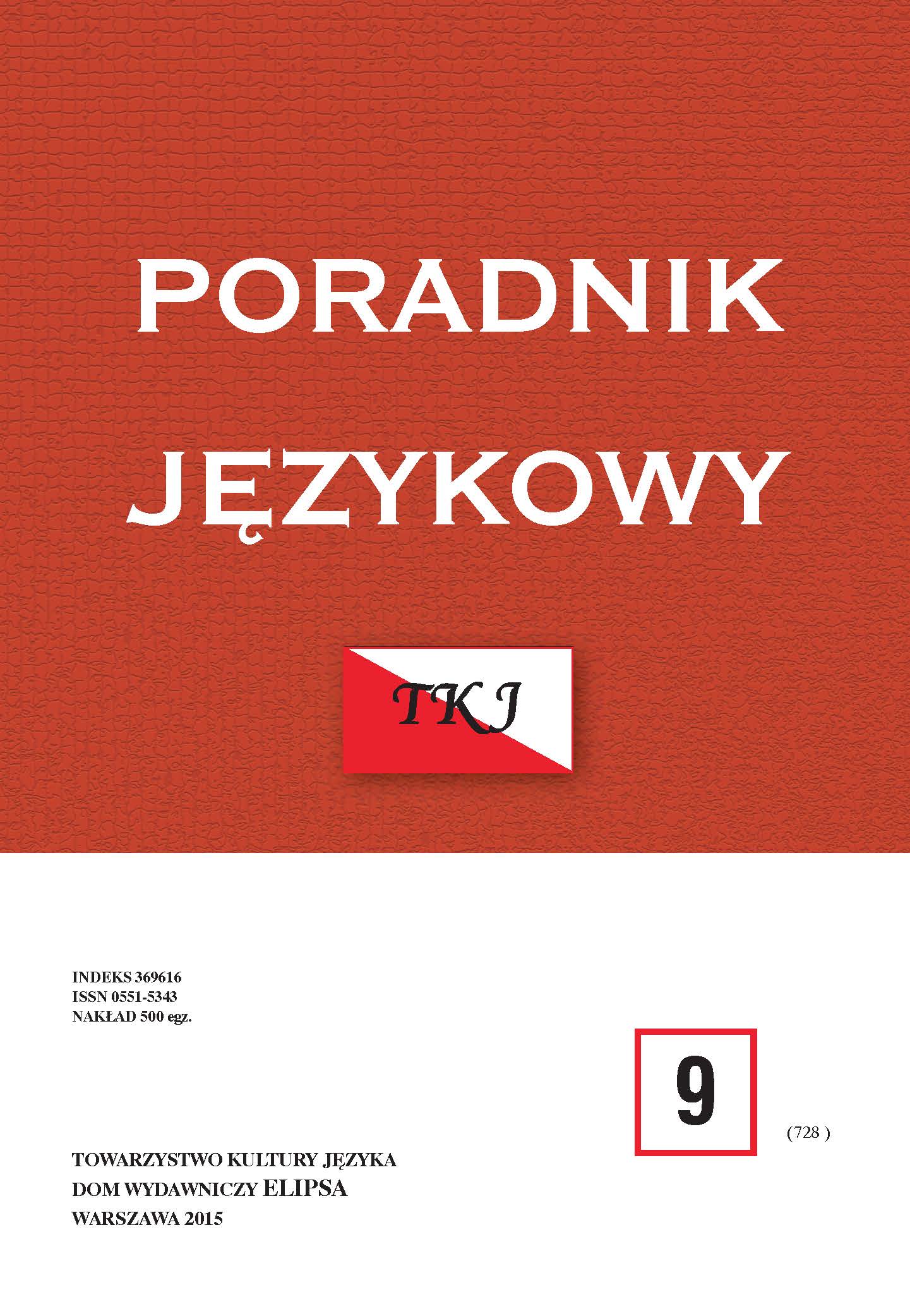ZJAWISKA SŁOWOTWÓRCZE W UŻYCIU JĘZYKOWYM
(NA PRZYKŁADZIE COMPOSITÓW Z SEGMENTAMI BIO- I EKO- W JĘZYKU POLSKIM)
Morphological phenomena in language use (on the example of composites with segments bio- and eko- in Polish)
Author(s): Krystyna WaszakowaSubject(s): Language studies, Language and Literature Studies, Theoretical Linguistics
Published by: Dom Wydawniczy ELIPSA
Keywords: Morphological phenomena; bio-; eko-
Summary/Abstract: The author focuses on demonstrating the issues: how grasping the world mentally by a human being is refl ected in structures of morphological derivatives used in a given statement, what their function in linguistic communication is. The overview of derivatives with the segment bio- (bio-) and eko- (eco-) from the perspective of a linguistic usage provides information about linguistic methods in which the cognising mind captures the reality (situation) which has not been named before, as it has been non-existent, not identifi ed in terms of cognition (e.g. bioatak (a bioattack) ‘a terrorist attack with the use of biological warfare’), and also (less frequently) – one which has been known, yet is interpreted in a new manner, e.g. biopiractwo (biopiracy) ‘a practice in which groups appropriate the knowledge of the countries of the Third World regarding medicinal and cultivated plants’. After looking closely at the contextual establishment of the morphological structures, the author indicates contextually specified semantic profiles characteristic of this group of composites. In further parts of the discussion, she presents how the tension between the sender and the recipient is shaped in a linguistic usage and briefl y characterises functions of derivatives with bio- and eko- in selected types of media message.
Journal: Poradnik Językowy
- Issue Year: 2015
- Issue No: 09
- Page Range: 7-27
- Page Count: 21
- Language: Polish
- Content File-PDF

